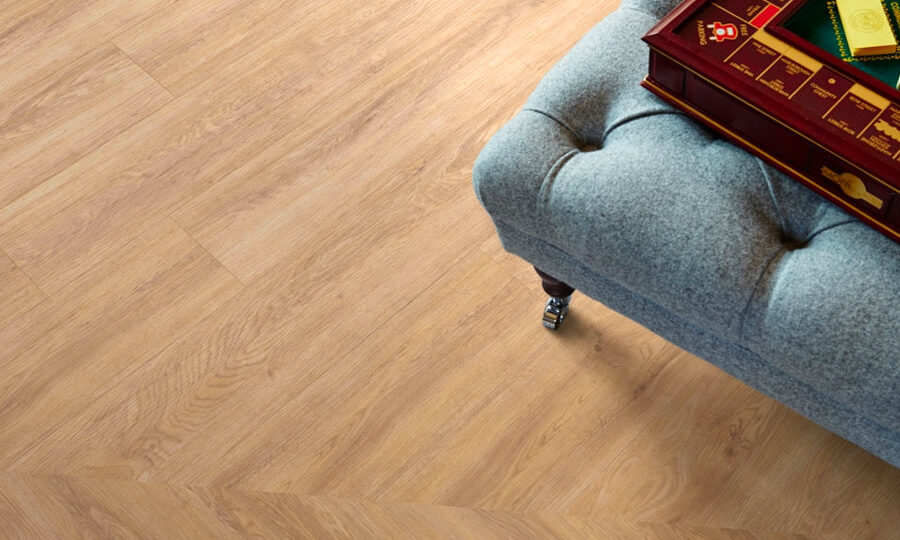Measuring for Laminate, Flooring, Luxury Vinyl Tiles, Wood Flooring, Carpet & Vinyl flooring
Installing new floor coverings not only enhances the appearance of your home but also adds value to it. If you’re considering a DIY flooring installation, it’s important to start by understanding the proper measurements for your floor. In the following measuring guide, we will show you how to easily calculate the necessary measurements for different types of flooring, along with important considerations for each material. Before you begin, make sure you have all the necessary tools at hand to accurately measure your flooring area.
This is a generic guide that teaches you the process of how to measure a room for wood flooring, laminate flooring, Luxury vinyl tiles, carpet and sheet and vinyl flooring. If you are looking for any advice or assistance with measuring a room please feel free to give us a call for some expert advice and we will ensure you correctly measure flooring so you can order enough flooring for your next flooring project.
Measuring Rectangular rooms
- Gather Your Tools: Before you start, ensure you have a measuring tape, a pen or pencil, and a piece of paper.
- Measure the Width: Stand at one end of the room and extend your measuring tape across the width of the room to the other side. Write down the measurement in metres.
- Measure the Length: Next, measure the length of the room. Stand on one side of the room and extend your measuring tape to the opposite end. Note down this measurement on your paper.
- Calculate the Area: Multiply the width and length measurements. For instance, if the width is 6.5 metres and the length is 5.1 metres, then the total area would be 6.5 x 5.1 = 33.315 m2.
- Record Your Measurements: Write down the total area of your room. You’ll need this measurement to calculate how much material you’ll need.
Remember, it’s always better to measure twice and buy once!
Measuring L-shaped rooms
- Gather Your Tools: To commence, ensure you have a measuring tape, a pen or pencil, and a piece of paper ready.
- Divide the Room: View the L-shaped room as two separate rectangular areas.
- Measure the First Area: Start by measuring the width and the length of the first rectangular section. Record these measurements on your paper.
- Measure the Second Area: Next, measure the width and the length of the second rectangular section. Note these measurements as well.
- Calculate the Area of Each Section: For each section, multiply the width and length measurements to calculate the area. For instance, if the first area has a width of 6.5 metres and a length of 5.1 metres, then its area would be 6.5 x 5.1 = 33.15 m2.
- Calculate the Total Area: Add the areas of both sections together to get the total area of your L-shaped room. For example, if the first section’s area is 33.15 m2, and the second section’s area is 3.5 m2, the combined area would be 33.15 + 3.5 = 36.65 m2.
- Record Your Measurements: Write down the total area of your room. This measurement is crucial to determine how much flooring material you’ll need.
As always, it’s advisable to “measure twice and buy once” to ensure accuracy and avoid wastage.
How do I calculate how much flooring I need?
To accurately determine the quantity of flooring required, follow these steps: first, check the amount per pack of flooring material. Then, divide your total measurement by the pack amount to get an estimate of how many packs you’ll need. Alternatively, for precise calculations, you can utilize the convenient flooring calculator tool available on the Flooring King website. This user-friendly feature ensures that you can confidently plan your flooring project with ease.
How to Measure Bay Window Area for Flooring?
To accurately determine the flooring requirement for a bay window area, follow these steps:
- Identify the Shape: Usually, bay windows form a triangular or pentagonal shape. Depending on this, divide the area into basic shapes such as rectangles, triangles, or trapezoids.
- Measure the Length and Width of Each Section: For each of these basic shapes, measure the length and width (if applicable) using a tape measure. Note down these measurements.
- Calculate the Area of Each Section: For a rectangle, multiply the length by the width. For a triangle, multiply the base by the height and then divide by 2. For a trapezoid, add the lengths of the two parallel sides, multiply by the height, and divide by 2.
- Calculate the Total Area: Sum up the areas of all sections to determine the total area of your bay window. Record this measurement.
- Convert to Square Metres: If your measurements were not initially in metres, you’ll need to convert them to square metres (m²). One square foot equals approximately 0.092903 square metres.
- Add Some Extra: It’s always smart to order a little extra to account for cuts, errors, or future replacements. Typically, adding 10% to your total area should suffice.
This method will enable you to calculate the exact amount of flooring needed for your bay window area. The ‘Flooring King’ website also provides a handy flooring calculator tool for such calculations. Remember, accurate measurement is key to a successful flooring project.
Adding waste to your measurements
It is important to keep in mind that every floor installation requires cutting and fitting materials to ensure a precise fit. Cutting errors and the need for repairs can affect the cost and quantity of materials used. Professional installers typically account for a waste factor of around 5%, but if you are undertaking a DIY flooring project, it is advisable to estimate a waste factor of approximately 10%. The waste factor can vary depending on the type of flooring material and should be considered when calculating the total amount of materials needed for your project. Alternatively, you can use the “add wastage” checkbox on the product pages of Flooring King, and we will calculate the necessary wastage for you.
Remember, precise measurements are crucial for a successful flooring installation. Take your time, follow the guidelines, and ensure you have accurate measurements to make your flooring project a triumph!
Jamie Hall, the driving force behind Flooring King's website as Director, leads a revolution in the flooring industry. With vast experience and unwavering dedication, Jamie transforms conventional practices. He pioneers advanced technologies to ensure client satisfaction and continually raises industry standards.












